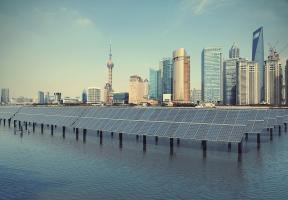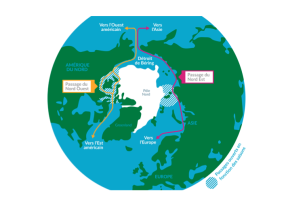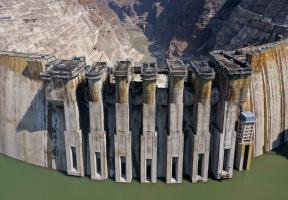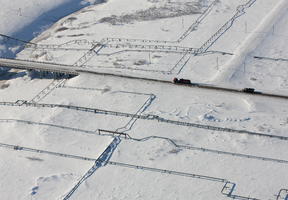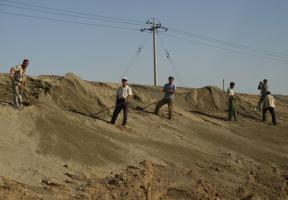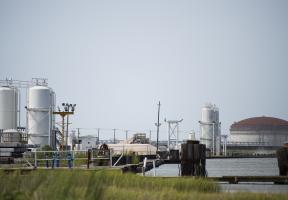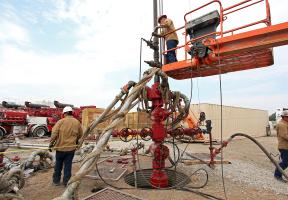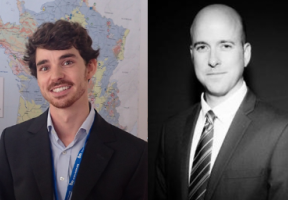Carbon Capture and Storage Projects Worldwide
10 min read
International experts agree that carbon capture and storage (CCS) is an immensely important mid-to-long-term solution for reducing net emissions to zero before 2100. But there is still a long way to go: current volumes treated by CCS need to be 300 times greater if they are to meet the objectives set for 2050.
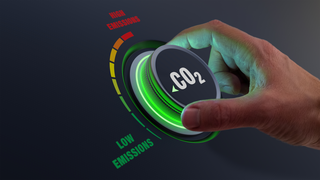
© getty/NicoElNino
The
is counting heavily on CCS. It estimates that this technology could contribute as much as 15% to the reduction of global fossil-
CO2 emissions by 2060. This would make it the third most effective driver, after
(40%) and the development of renewables (35%). The challenge over the next few decades is therefore to build a powerful industry on the same scale as the oil and gas industry today.
To achieve this result, the pace of CCS development must be picked up considerably. In its latest report on the path to net zero by 20501 the IEA estimates that the volume of emissions treated annually needs to rise to 7.6 billion metric tons by 2050, compare with 40 million metric tons in 2020. That means increasing capacity almost 200-fold! According to the IEA, 95% of this captured CO2 should be stored underground, with the other 5% being used to produce .
The IEA, an agency established within the framework of the , has made an appeal to its member states because it believes that their leadership is crucial to spearhead this drive.
Industrial-Scale Projects
CCS operations are considered “industrial scale” when they can capture over 800,000 metric tons of CO2 per year.
These operations are carried out in several different sectors:
- A carbon capture program was started in 1996 on the Sleipner natural gas site in the North Sea. Natural gas sometimes contains CO2, making it difficult to liquefy and sell. For this reason, the carbon dioxide is separated from the natural gas and pumped back underground. According to the IEA, 17 million metric tons of CO2 have been re-injected into an undersea since 1996.
- In 2014, a CCS facility was opened at the Boundary Dam -fired power station in Saskatchewan, Canada. The captured CO2 is sold and injected into oil or gas extraction wells to increase output, in a process known as enhanced oil recovery (EOR). This type of carbon utilization can be vital to ensuring the profitability of CCS. The technology typically requires a third of a plant’s power, and selling the CO2 can partially offset the shortfall. However, according to the experts, EOR will only contribute 10% to carbon reduction targets.
- In 2015, Saudi Arabia began recovering CO2 at its Uthmaniyah treatment plants.
- In 2016, CCS technology began to be applied at industrial facilities with high emission levels, like steel and cement plants. In Abu Dhabi, an Emirates Steel project can capture 800,000 metric tons of the carbon dioxide emitted by its steelworks operations, compress it and send it to an oil field 50 kilometers away. For the first time in the history of bioenergies, a project near Chicago, in the United States, is using this technique at a factory where maize is transformed into ethanol.
- Since 2017, the largest system ever applied to a coal-fired power plant was inaugurated in Texas. The Petra Nova Project2 has made it possible to capture more than 1.5 million metric tons of CO2 emitted annually by the plant. Here too, the carbon dioxide is injected into oil wells, in this case near the West Ranch oil field. According to the project’s promoters, production could increase by a multiple of 50 (from 300 to 15,000 barrels per day) thanks to the higher pressure resulting from injecting the CO2.
The Global CCS Institute supplies a regularly updated database on all CCS facilities, large and small3.
Carbon Capture and Storage Pilot Projects
Industrial pilot projects are smaller plants that capture less than 50,000 metric tons of CO2 a year. Some 20 such plants worldwide were operational in early 2015.
In France, Total led a pilot project at the Lacq gas field in southwestern France. The first phase of the project, which ran from 2010 to 2013, consisted in separating CO2 from the gas, then injecting 50,000 metric tons into a depleted gas reservoir. The second phase, from 2013 to 2016, involved monitoring the reservoir to ensure there was no long-term .
In Japan, the Tomakomai pilot project was begun in April 2016 in order to study the feasibility of undersea storage in Japan.
Studies into Carbon Capture and Storage
Studies worldwide are currently exploring both technologies and storage capacity estimates – an essential factor in determining viable sites. The France Nord study, which was conducted by the leading French stakeholders in CCS, aimed in particular to assess the potential of the Paris basin. Its findings showed that most previous studies had overestimated this potential. The study did, however, offer precious methodological insight into how to map out potential sites and draw up all requisite conditions, particularly in terms of strength.
Sources :


